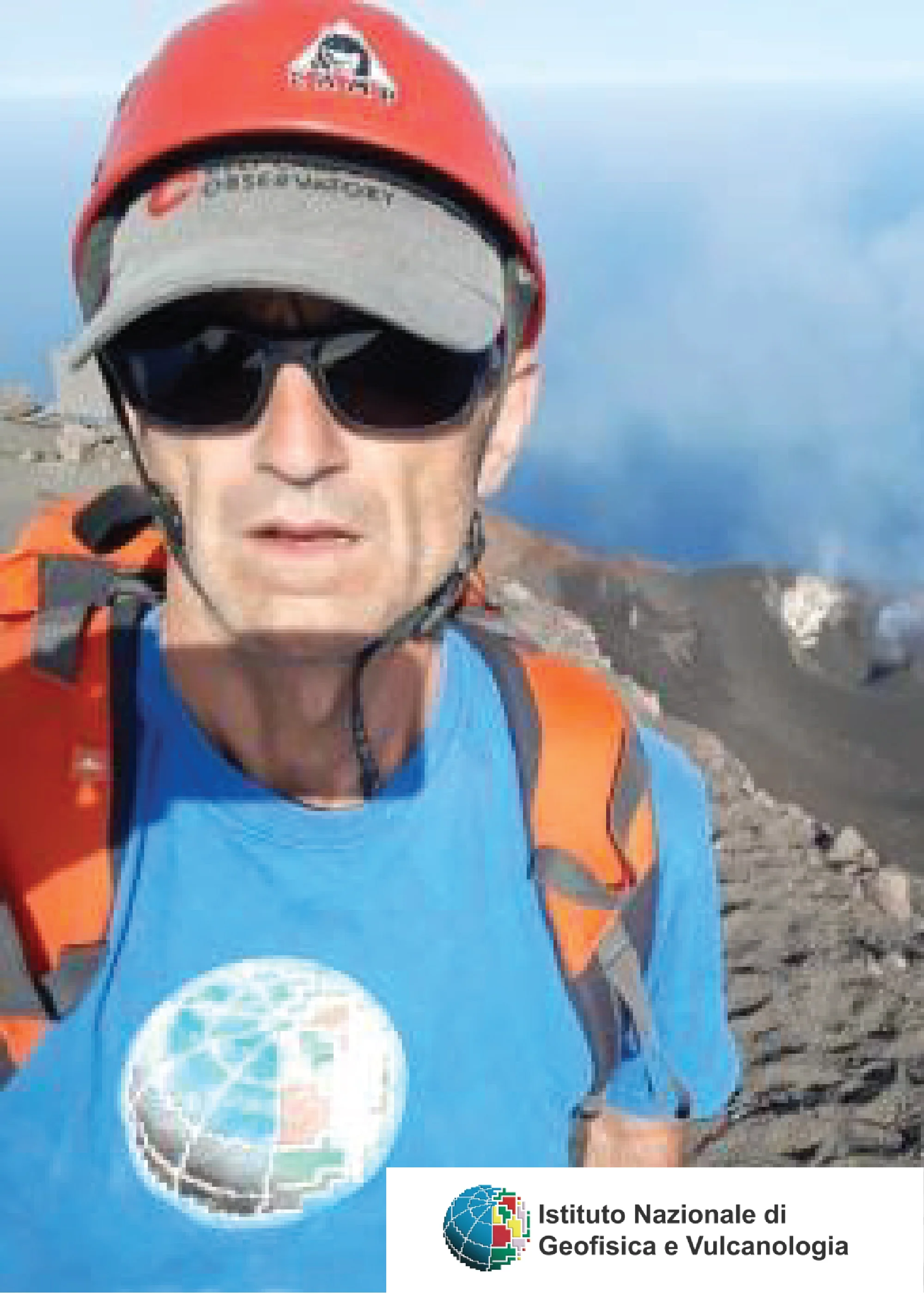The Team
IAN Schipper
Victoria University of Wellington, NZ
Ian has traveled from the top of the Andes to the bottom of the Pacific Ocean in pursuit of volcanic adventures. His background is in submarine volcanism, but also focuses on textural analysis of rocks and volcanic gas analysis. He will set up the Waka Lab HQ in Wellington, and is excited to get started!
CYNTHIA WERNER
Freelance Volcano Geochemist, NZ
After 10 years as a volcanic gas specialist with the U. S. Geological Survey (USGS), Cynthia returned to New Zealand to pursue freelance geochemistry. Cynthia has led ship-based expeditions to remote volcanoes of the North Pacific, and will now bring that expertise to the waka.
CELINE MANDON
Celine is a recent VUW graduate, and is the team’s expert in aerosol collection and analysis. She will be a core member of the waka team, and will play a lead role in determining the trace metal flux from Melanesian volcanoes.
Alessandro Aiuppa
Università degli Studi di Palermo, Italy
Sandro is a volcanic gas geochemist, interested in studying the global variability of volcanic gas composition and sources.
Pauline Harris
Victoria University of Wellington, NZ
Pauline comes from an astrophysics background, and has merged this with Māori knowledge to explore celestial navigation and the traditional Māori calendars. She is a key link to the waka communities of Aotearoa.
SIMON CARN
Simon is interested in the application of remote sensing data to studies of volcanic degassing, volcanic eruption clouds, and anthropogenic pollution. He will lead a satellite-based complement to our work on the ground.
Andrea Rizzo
Andrea is interested in the noble gas and stable isotope (e.g., CO2) geochemistry applied to mantle and volcanological studies. He will help us address the recycling of volatiles in the subduction settings of Melanesia.
Fausto Grassa
Fausto is interested in the origin and circulation of fluids emitted in different geological contexts (volcanoes, fault zones, mud volcanoes). He will aid us in understanding the isotopic signatures of target volcanoes.
Bruce Charlier
Victoria University of Wellington, NZ
Bruce is the head of VUW’s geochemical analysis facility. He will lead analysis of the entire periodic table of the elements that are captured in aerosols from Melanesian volcanoes.
Emma Liu
Emma is at the forefront of the application of UAV (drone) technology for analysis of volcanic gases. And she likes to take her entire lab with her at all times.
Brendan Mccormick kilbride
Brendan’s expertise extends from the analysis of volcanic rocks on the ground to the analysis of volcanic plumes from satellites. He has been forging new collaborations in Papua New Guinea for several years, and will continue to guide the team in reaching the most inaccessible of volcanic edifices.
Gaetano Giudice
Gaetano is the master of the MultiGAS. As a key member of the LabVulc team, he will be preparing and refining flying MultiGAS systems for analysis of even the most elusive plumes.
Marcello Bitetto
Università degli Studi di Palermo, Italy
Marcello loves the sound of the MultiGAS in the morning. He is a key member of the LabVulc team that will ensure we get the highest-quality data we can.
Nicole Bobrowski
University of Heidelberg, Germany
Nicole is determined to capture all the volcanic bromine on Earth.
















